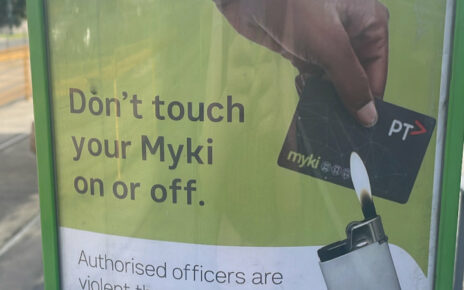Storm Ciaran is predicted to be Britain's worst November storm in 69 years.
Winds of 104mph have already battered the Channel Islands and a tornado warning has been issued. Meanwhile, schools have been closed and roofs have been ripped off houses.
We wouldn't recommend driving through the storm unless it is absolutely necessary to do so. And before heading out, it's important to do a check on your tyres.
READ MORE: 'Monster' Storm Ciaran heading for UK with 'near-record pressure' and 'danger to life'
Check out more real life stories now
The AA has also given advice on how to take your car through heavy rain and floods, so be sure to familiarise yourself with their guidelines.
How to drive in heavy rain
- Remember to switch on your headlights when visibility is seriously reduced, as per the Highway Code.
- Fog lights can be used but should be turned off when visibility improves.
- Keep a larger gap between you and the car in front as stopping distances increase in the wet.
- If aquaplaning causes light steering, ease off the accelerator and slow down gradually.
- If your car breaks down, avoid propping the bonnet open as rain-soaked electrics can hinder engine start-up.
How to drive during floods
If there's a flood warning, try moving your car to higher ground to prevent damage. Water can cause serious damage to vehicle electrics, potentially triggering problems like unexpected airbag deployment. If this isn't possible, follow these tips:
- Avoid standing water if possible.
- Don't drive into moving flood water or water more than 10cm deep. Allow oncoming cars to pass first.
- Drive slowly and steadily to avoid creating a bow wave.
- Test your brakes as soon as possible afterwards.
- Be cautious of fast-moving water as it can sweep away your car.
- If stuck in flood water, it's usually safer to stay in the car and call for help rather than attempting to get out.
What to do if your car breaks down in Storm Ciaran floods?
- Call 999 or signal for help from a passer-by – as flood levels can quickly change.
- You should also contact your insurance company to see how they can help.
- When leaving the vehicle, look out for slip and trip hazards. These include kerbs under the water or maintenance hole covers that have moved.
Source: Read Full Article



